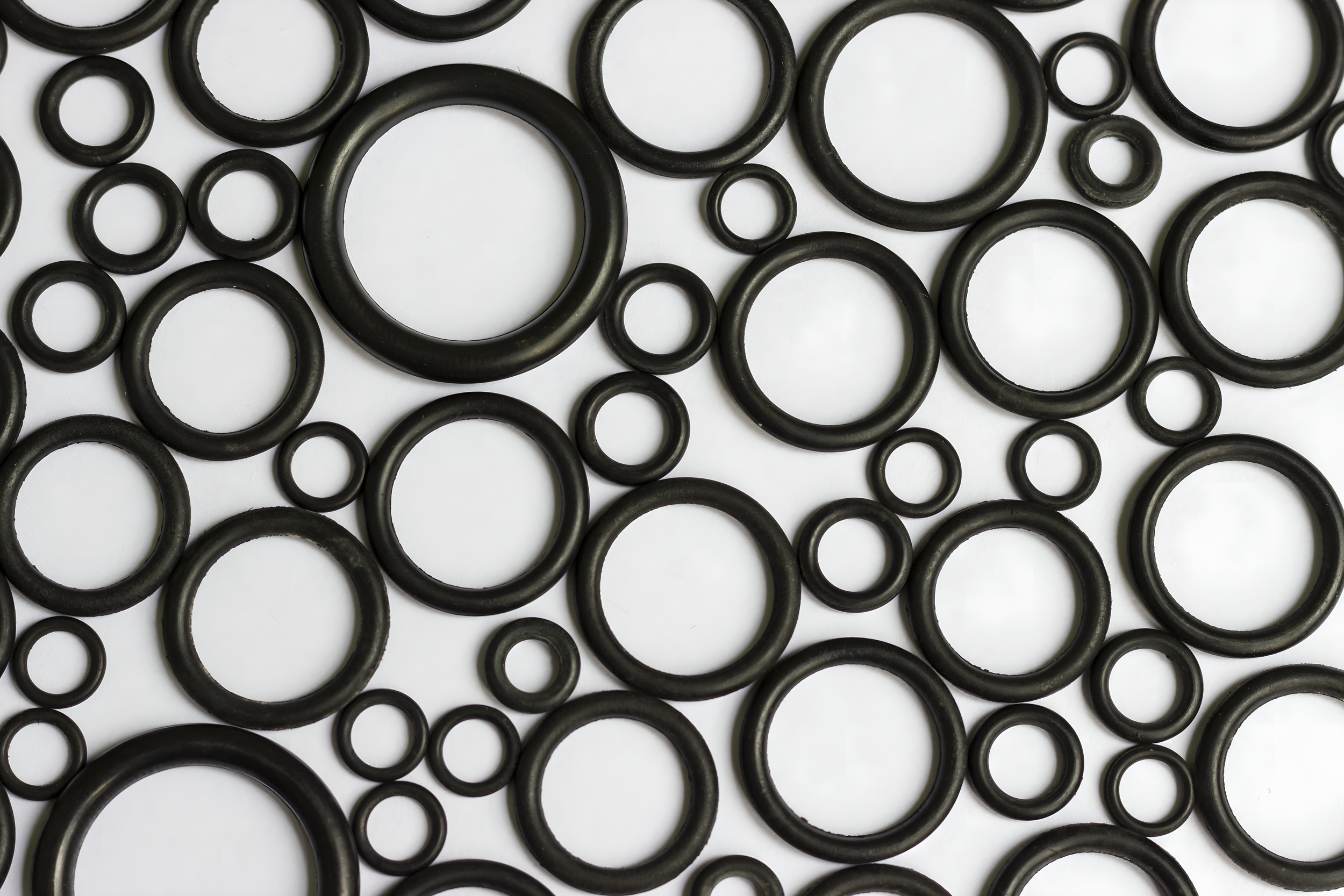
Rubber / Elastomer
What is Rubber?
Originally, the term "rubber" referred to mixtures made from a substance called latex, which is found in nature in the rubber tree (Hevea). The chemical name for this polymer is polyisoprene. Natural rubber possesses a number of excellent physical properties, including high flexibility, high tensile strength, good abrasion resistance, and outstanding water resistance.
What is an Elastomer?
In the same way that the term "rubber" is used to describe mixtures made from natural materials, the term "elastomer" is used to describe synthetic materials that possess elastic properties. Today, the terms "rubber" and "elastomer" are often used interchangeably.
The definition of a rubber or elastomer compound is: "any material that can stretch at least 100% of its original length and return to its original shape without permanent deformation."
An elastomer is a polymer with viscoelasticity, typically made from carbon, hydrogen, oxygen, or silicone.
Rubber Production:
All rubber/elastomer compounds are created by combining specific components. The types of components used are:
Polymer: The elastomer is the main component and the starting point for determining the basic properties of heat and chemical resistance.
Plasticizer: Improves properties at low temperatures and aids in the mixing and molding process.
Reinforcing fillers: Typically carbon black, for strength.
Antioxidant: Prevents degradation.
Other components (e.g., preservatives, accelerators, lubricants, and/or fire retardants).
Vulcanization:
Vulcanization, also known as curing, is a chemical process that alters the polymer chains of rubber or elastomers to create more durable materials by adding preservatives or accelerators, typically sulfur. These additives cause crosslinking between different polymer chains, resulting in vulcanized rubber materials with improved physical properties.
General Properties of Elastomers:
Elastomers are classified and categorized based on various physical properties. Some of the most common properties include:
Compression set: The permanent deformation remaining after the removal of force.
Hardness: Measurement of resistance to forming a permanent indentation.
Modulus: The tendency of a material to deform along an axis when opposing forces are applied along that axis.
Tensile strength: The maximum stress that can be applied to a material in tension or pulling before it ruptures or tears.
Elongation: The length at the break point expressed as a percentage of the original length.
